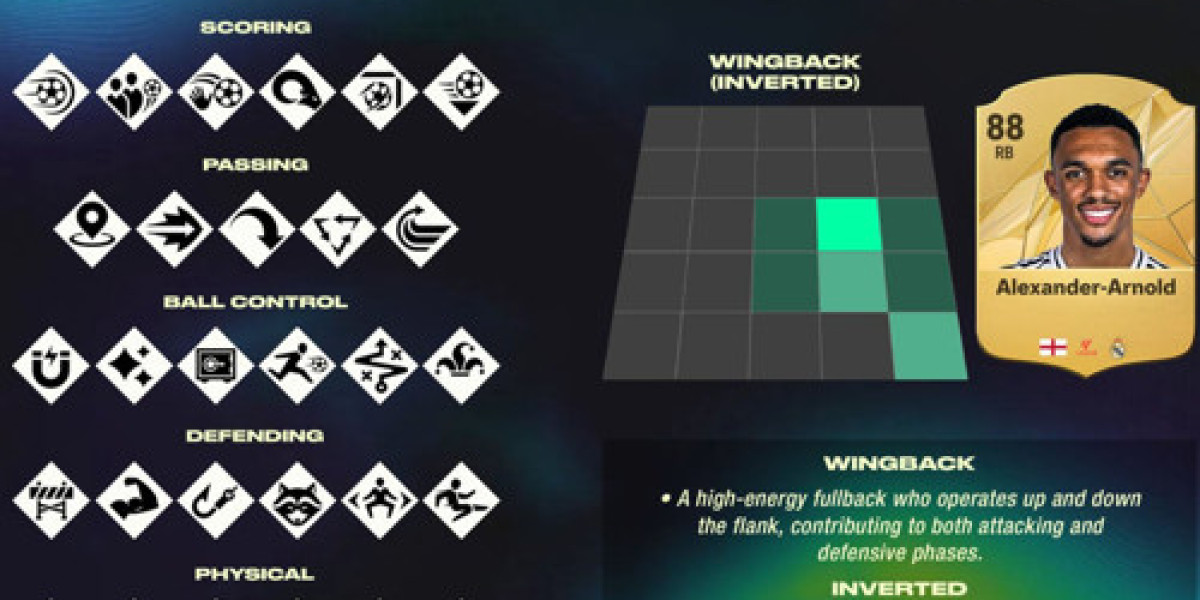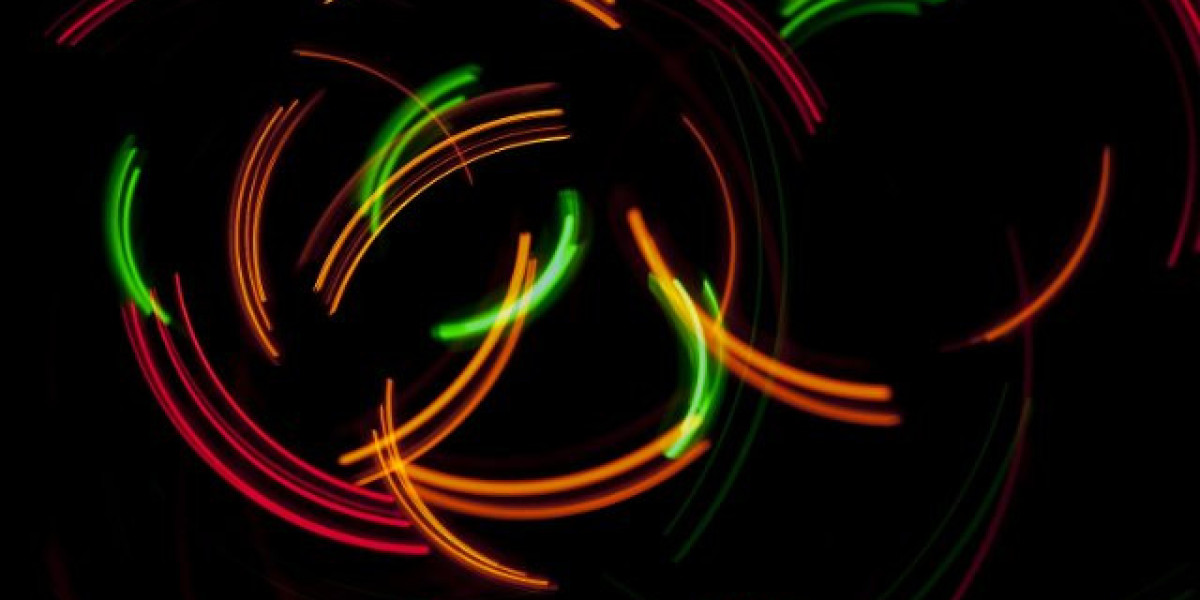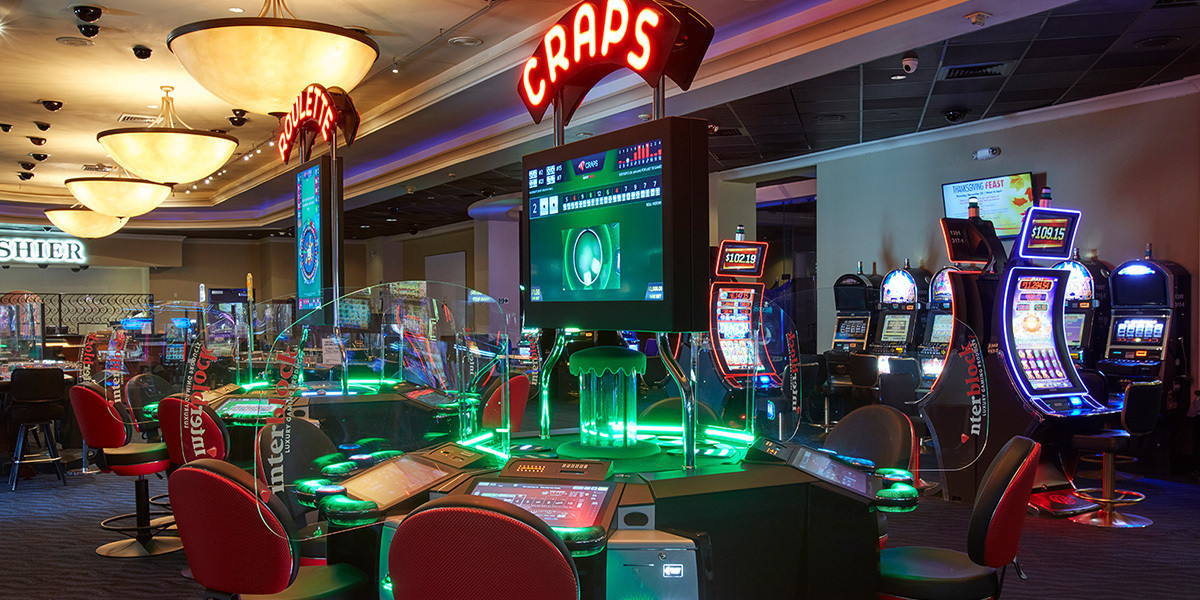There exists a profound disconnect between intention and impact in the realm of single-use packaging. The image of a Disposable Paper Cups is deeply associated with a casual, on-the-go lifestyle, but the environmental narrative attached to this convenience is often misunderstood. The primary challenge is not just the cup's composition, but the psychological gap between what we hope is true and what actually occurs after we throw it away. People want to believe that the paper cup is a benign choice, especially when compared to its foam or clear plastic counterparts. This perception, however, is not aligned with the operational realities of most recycling centers. The machinery is not designed for hybrid materials; it is optimized for sorted, homogeneous streams. Introducing a plastic-lined cup into this system is akin to introducing a foreign element that disrupts the entire workflow. This leads to increased operational costs and reduced efficiency for recycling programs.
This misunderstanding is perpetuated by a lack of accessible information at the point of disposal. A person standing before three bins—trash, recycling, compost—often has seconds to decide. In the absence of clear, unambiguous instructions directly on the cup, the default reaction is often to "recycle" the paper component. This act of conscientiousness, ironically, contributes to a larger problem. When non-recyclable items are placed in recycling bins, it is known as contamination. High levels of contamination can result in entire truckloads of recyclables being deemed unusable and sent to landfills. The consequence is that the well-meaning actions of millions of individuals collectively undermine the effectiveness of recycling initiatives. This highlights a systemic issue where the burden of proper disposal falls disproportionately on disproportionately on the consumer, who lacks the necessary information to act correctly.
Therefore, the solution is twofold: innovate the product and educate the user. The next generation of cups must be designed for clarity in their afterlife. This could involve bold, standardized coloring for compostable versions or universally recognized text like "Not Recyclable - Trash Only" to prevent wishcycling. Simultaneously, there must be a concerted effort from manufacturers to support and fund public awareness campaigns that explain the "why" behind the disposal instructions. When people understand that a plastic-lined cup can spoil a ton of clean cardboard, they are more likely to change their behavior. It is about creating a seamless interface between human habit and industrial process. The ambition is to engineer a Disposable Paper Cups that not only serves its immediate purpose but also fulfills a predetermined, environmentally sound end-of-life pathway.
Soton views this challenge as our core mission. We are not content with simply following industry norms; we are driven to set new ones. Our commitment extends to providing not just a container, but a complete and understandable lifecycle. We aim to close the gap between intention and impact by offering Disposable Paper Cups that are part of a coherent, transparent system from production to post-consumption. Partnering with Soton means choosing a path of clarity, responsibility, and genuine commitment to a healthier planet.Click https://www.sotonstraws.com/product/ to reading more information.








